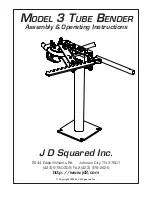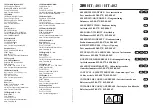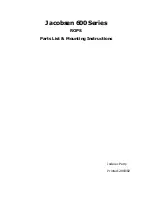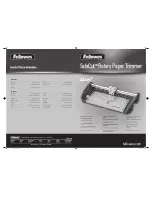
Therefore, when the user inputs 1000 Watts in the
MAX
. value window, in the Test
Screen the test set should automatically show a test current value for I1 of 2.777
Amperes at an angle of 30
°
, and I3 will be 2.777 Amperes at an angle of 270
°
(+90
°
).
When the test is Started, the measured voltage and current outputs are displayed and the
calculated Watts is based on the measured voltage and current outputs. This is the value
that gets displayed in the
Transducer Test Screen
under the
MPRT Output
, next to the
Label of
Watt 2 Element
Another value of Watts gets calculated using the measured dc
Volts or dc milliampere output as displayed in the
Transducer Output
section. Let us
assume that in our example transducer, the output is in dc milliamperes. In this example,
let 1 miiliampere of dc current be equal to the full scale output of 1000 Watts. For this
example, let's say that the measured output voltages are 120.00 Volts (V1 and V3) and
the measured output currents are 2.793, Amperes. The measured output Watts would
be,
120.00
*
* 2.793 * COS 30
°
+120.00 *
* 2.793 * COS 30
°
=
1005.48
Watts
For this example, let's assume the measured output current from the transducer is 1.001
mA dc. Based on a Max. value of 1 mA equals 1000 Watts, the displayed
Watts
in the
Transducer Output
section of the
Transducer Test Screen
should read 1000 * 1.001
=
1001.00 Watts
The
Accuracy
displayed in the
Transducer Output
section would be equal to the
following,
(1001.00 - 1005.48 / 1005.48) * 100 = % accuracy or
-0.445
%
If this were a 0.5 % transducer, then the firmware would compare the accuracy values
between the Setting Screen and the Test Screen and would display
PASS
in the
Transducer Output
section of the test screen.
If the user adjusts the phase angle in the lagging direction by an additional 30
°
, then the
Watts output changes.
Using the formula,
V1 *
* I1 * (COS 30
°
+
∅
) + V3 *
* I3 * (COS 30
°
-
∅
) = Total Watts
Where
∅
is the incremental angular change of 30
°
between V1 and I1 and V3 and I 3,
120.00 *
* 2.793 * COS (30
°
+30
°
) + 120.00 *
* 2.793 * COS (30
°
- 30
°
)
then,
Total Watts = 283.7099 + 580.5142 or 864.22 Watts
Note: All of the calculations are very similar when testing VAR 2 Element
transducers.
The primary difference is replacing the COS function with the SIN function.
For the example above,
-
146
www
. ElectricalPartManuals
. com
















































